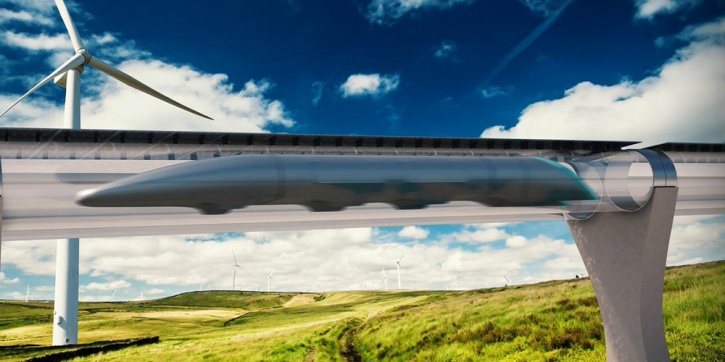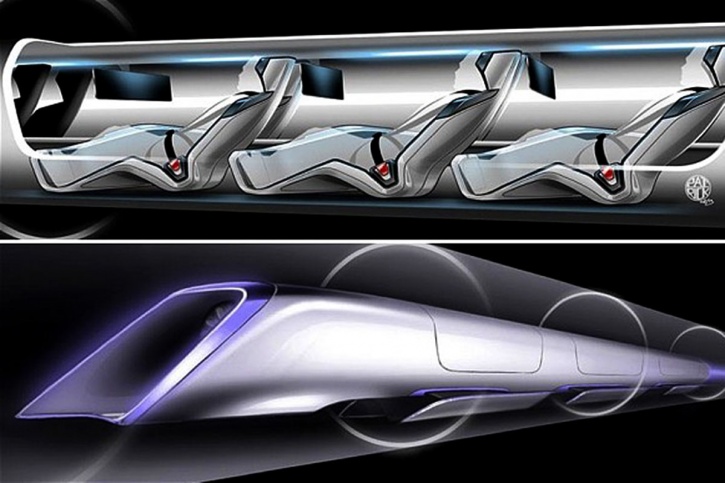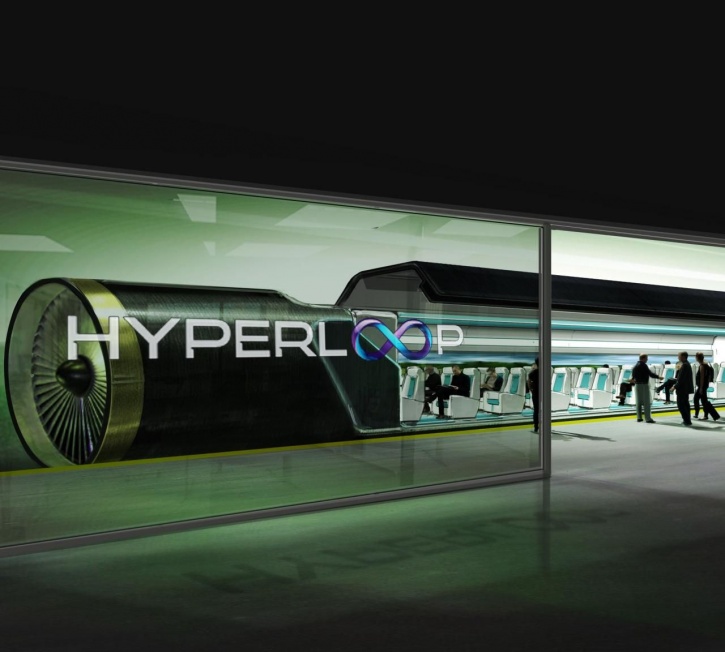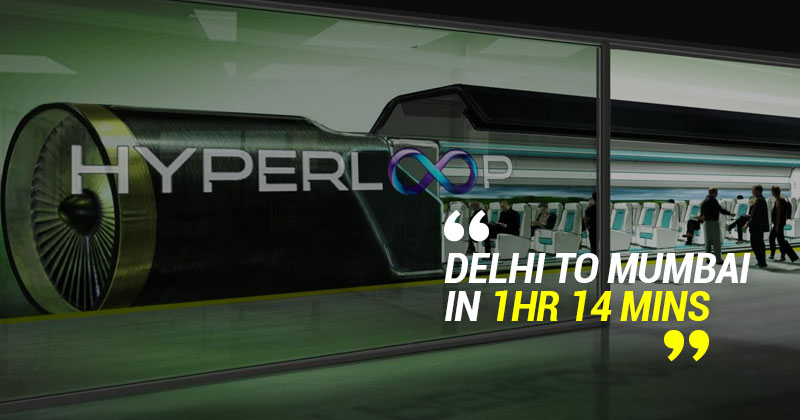How would you like to travel at the speed of sound? Travelling from Delhi to Mumbai in just a little over an hour’s time. One hour fourteen minutes to be exact. Perhaps lesser than the time it takes to travel from Delhi to Gurgaon on some days. You could actually stay in one city and work in another. Incredible, isn’t it?
Stuck in Los Angeles traffic, about an hour late for a talk got Elon Musk wondering about an alternate way of travelling.
The Hyperloop
Elon Musk, the South Africa-born Canadian-American billionaire and, more importantly, a visionary, did follow up on this thought with a 58-page white paper published in August 2013 on Space X website – an advanced rocket and spacecraft agency. His proposed idea, named Hyperloop, was outrageously glorious. A solar-powered elevated tube that floats passenger pods on a cushion of air, travelling at a jaw-dropping speed of 1223.1 kilometres per hour or the speed of sound. Which means travelling from Delhi to Mumbai would take not more than an hour and fourteen minutes, Delhi to Chennai in two hours, Delhi to Kolkata in one hour nineteen minutes. “You could live in one city and work in another city…It gives people more freedom,” Musk told students.

wired.com
Pushing the concept further
Instead of monopolising the idea, Musk says he’s not endorsing any company or building his own Hyperloop system. Like anyone of us, he just wants the concept to move ahead. Hence, in the summer of 2015, SpaceX launched a pod design competition and promised the winner a one-mile (1.6 km) test track near its headquarters in Hawthorne, California. Students across the world sent in their request to compete in numbers. On the day of the event, 1000-plus students showed up representing 20 countries including China, South Africa, Germany, India and of course, USA. A key point about this competition that Anthony Foxx, U.S Transportation Secretary, very right points out is that “everybody here is involved in envisioning the future.” A future that is fast, self-sustainable and substantially cheaper than any other means of long distance travel.

newscientist.com
The teams had a number of ways to levitate their pods. Some used magnets which lift the pod over the ground, very Back-To-The-Future-esque. While some used air bearings, the reason why pucks glide on an air hockey table. The smart brains at MIT, leaning towards the former concept, actually ended up winning the competition. Now, they have to build the real thing.

pioneers.io
Planning to start this summer, they’ll test their prototype, which MIT’s Mayo describes as “like a fridge magnet. It stays on indefinitely,” at the grand finale hosted at Space X.
The most amazing thing ever?
But while a majority of the public sounded very interested, some even calling it “the most amazing thing ever,” there has been a growing number of sceptics. From some wondering if the Hyperloop could actually be mass-produced, to travelling across boundaries, to some serious safety concerns. Musk acknowledges in his paper, but also argues that the system will be safer in comparison to trains, planes and automobiles. It’ll be powered by lithium ion battery packs along with solar panels so it won’t be affected by block outs or rainy days. It will be strong enough to withstand tremors while travelling earthquake countries.

yahoo
“The knowledge gained here will continue to be open-sourced,” SpaceX says on its website. We will, very possibly, be witnessing the future of transportation here with Musk hosting more Hyperloop competitions in the future. It’s outrageous. Glorious.
With inputs from Space X and National Geographic.


